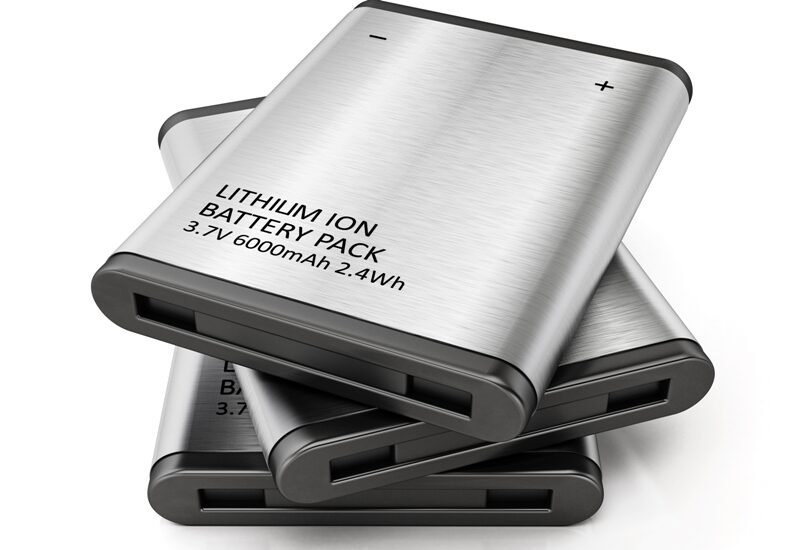Understanding New Asian Regulations on Portable Battery Restrictions for Flights

Recent incidents have prompted some Asian airlines to tighten restrictions on portable batteries. Passengers may need to repack or turn off their batteries before boarding flights with certain carriers, as airlines in South Korea, Taiwan, Thailand, and Singapore adjust their policies due to fire risks, reported nytimes.com.
These changes follow a January incident where a fire, potentially linked to a portable battery, severely damaged an Air Busan aircraft in South Korea. While there is no confirmed connection between portable batteries and this specific fire, the incident has intensified scrutiny over battery safety on flights.
Updated Airline Policies
As of March 1, passengers on all South Korean airlines are required to keep their portable chargers within arm’s reach and not in overhead bins, as stated by the Transportation Ministry. This measure aims to mitigate anxiety over potential battery fires. Similarly, Taiwanese carriers like EVA Air and China Airlines have implemented a ban on the use or charging of power banks onboard, though they can still be stored in overhead compartments.
Thai Airways has also introduced restrictions against the use and charging of power banks. Citing incidents on other international flights, they aim to prevent in-flight fires. Following suit, Singapore Airlines and its budget subsidiary, Scoot, announced comparable bans.
Since 2016, the International Civil Aviation Organization has prohibited lithium-ion batteries in the cargo holds of passenger planes due to fire risks. However, according to Mitchell Fox, director of the Asia Pacific Center for Aviation Safety, there is no uniform industry standard on regulating power banks.
Risks Associated with Lithium-Ion Batteries
Lithium-ion batteries, which power devices from smartphones to laptops, can overheat and catch fire under certain conditions such as damage, overcharge, or exposure to extreme temperatures, as noted by the Federal Aviation Administration. While products like smartphones have stringent regulations, items like power banks and e-cigarettes are less regulated, posing higher risks, as explained by Neeraj Sharma, a chemistry professor at the University of New South Wales.
Incidence of Battery-Related Fires
The FAA reports a rise in incidents involving lithium-ion batteries on U.S. airlines, with 84 occurrences in the last year alone, up from 32 in 2016. Portable chargers are frequently implicated, followed by e-cigarettes. Due to these risks, airlines globally require passengers to carry spare lithium-ion batteries in their carry-on luggage rather than in checked baggage.
Handling In-Flight Battery Fires
Although battery fires in cabins are rarely fatal, flight crews are trained to handle such emergencies effectively. Common responses include using thermal containment bags or dousing overheated devices with water. In a notable incident in 2024, a fire caused by interconnected portable batteries on an Eastar Jet flight was quickly extinguished by the flight crew using water, showcasing effective in-flight emergency response.
As the use of portable batteries becomes more widespread, understanding and complying with these evolving airline regulations is crucial for safe travel. Passengers are advised to stay informed about the latest airline policies and to always purchase devices from reputable manufacturers to minimize risks.
Related news: https://suspicious-zhukovsky.67-21-117-18.plesk.page/category/air-travel-business/safety/
Sources: AirGuide Business airguide.info, bing.com, nytimes.com
